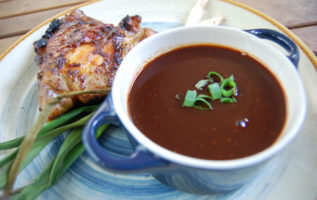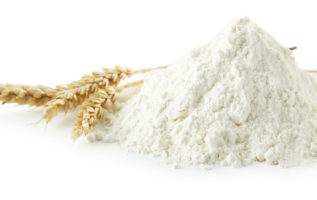
Back in culinary school, I had a chef-instructor who was known for her love of lemon juice. Adding it to dishes, she would say, is like “Adding bursts of sunshine.”
Very true. A squirt of fresh lemon or lime juice can really brighten a dish with tang. But there’s an often overlooked piece of that lemon, lime or other citrus that can add an equal bite: the skin, aka the “zest.”
If the juice of a fresh lemon packs rays of flavor, then pieces of zest are like culinary meteorites for your mouth.
Adding the zest of a citrus fruit can enliven any number of foods, from salad dressings, pancakes and rice to ice cream and, one of my favorites, cheesecake. And for those counting calories, it’s a bonus to know that the zest, like little bits of herbs, add nearly zero calories.
Zesting is a cinch. To create those ribbons of zest, you’ll need a zester. These little devices don’t take up much space and can be had for just a few dollars. I bought mine for less than $5 at IKEA. You can also use a microplane or fine cheese grater or, if worst comes to worst, a paring knife.
To zest a fruit, you’ll want to thoroughly wash and dry it, then cut off just the top portion of skin. That outer layer, so often just thrown away, actually contains essential oils that pack a ton of flavor. What you’ll want to avoid, however, is the white portion beneath. This is call the pith, and it’s bitter.
Zest is best used immediately, as it can dry and shrivel up pretty quickly. But hey, zesting takes less than a minute, and lets you use a portion of lemon, lime, orange etc. that would otherwise go to waste.
Best of all, those little pieces of citrus can help turn an ordinary item into something really special.
So grab a zester, your favorite citrus fruit, and then experiment by sprinkling those zesty little bits to your favorite dish.
Source: iwanttocook.com (defunct blog)





























